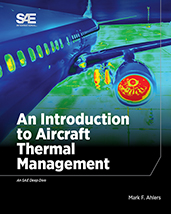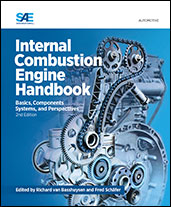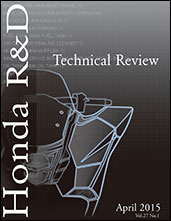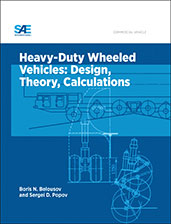Book
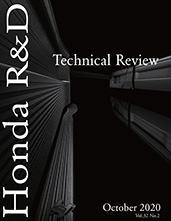
Honda R&D Technical Review October 2020
2020-12-28
Honda R&D Technical Review is a periodical containing research papers related to Honda R&D Center activities worldwide that cover automobile, motorcycle, power products, aircraft engine, and other fundamental technologies. Honda Motor offers a book for the October 2020 issue with 161 pages containing 17 papers focusing on the following latest topics: Development of High-efficiency CVT for 2020 Model Year CITY Modeling and Utilizing Expert's Knowledge, Experience, and Thinking in Automobile Development Material Database for Efficient Development Using Materials Informatics Traversability Analysis for Mobile Robot Navigation in Rough Terrain
